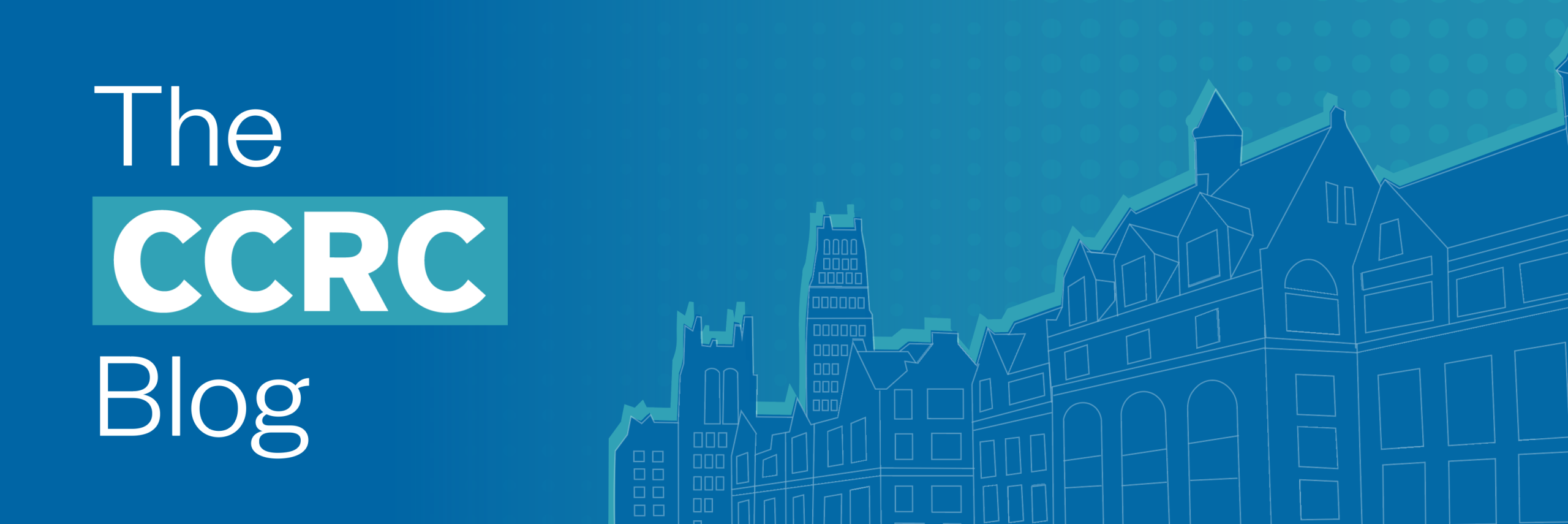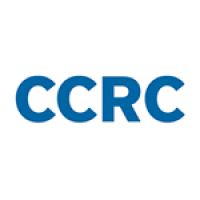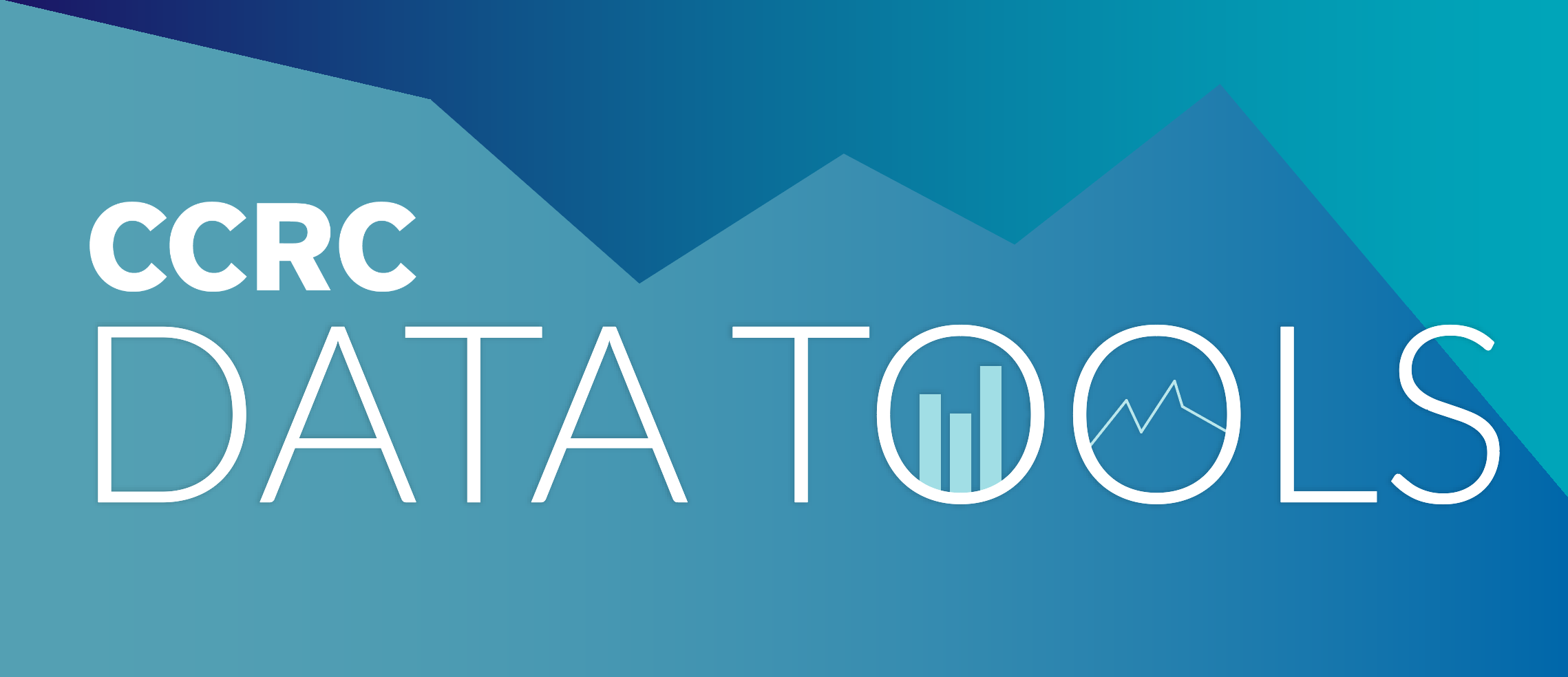By Aurely Garcia Tulloch, Amy Bosley, and Sara Mann
When Amy Bosley became president of Northwest Vista College in 2023, dual credit programming was already in place and enrollment was rapidly growing. However, access was largely limited to students from affluent high schools with high college-going rates, the courses were often one-offs disconnected from college programs, and dual credit was primarily used as an acceleration opportunity for students already planning on attending college after high school. While beneficial to those who had access, this approach did not align with the college’s mission or with the research Bosley had read on dual credit as an effective strategy to increase college access and degree attainment for underserved students.
As a former dual credit student, instructor, and now college president, Bosley set a new vision for dual credit at Northwest Vista guided by CCRC’s DEEP research. Her goal was to reduce random dual credit course taking and increase access, particularly for the most economically disadvantaged students in Northside Independent School District, the college’s largest school district partner, serving more than 100,000 students in San Antonio, Texas. With Sara Mann, Alamo College District’s chief high school programs officer and Northside ISD leaders, Bosley reviewed dual credit enrollment data and uncovered an gap: The ISD’s Title I high schools had fewer and more random dual credit offerings than the ISD’s most well-resourced high schools. In response, Bosley and Mann began sharing DEEP research with their teams and ISD partners. Then they identified next steps, including finding a way to credential more dual credit instructors to work at Title I high schools, aligning courses to transfer guides, and broadening professional development.
The Alamo Colleges District sees dual credit as a means to fulfill Alamo’s “moonshot” goal of eradicating poverty through education and training, creating a college-going pathway for students who might not otherwise have had access to higher education. The district is using CCRC’s DEEP framework to as a guide to redesign its dual credit programs to increase access to dual credit courses at underserved high schools, expand high-quality dual credit instruction, and align dual credit courses to degrees and credentials that further students’ education and career goals.
Developing and Implementing a Shared Vision for Dual Credit Reform
Implementing reforms on a large scale can be quite challenging, especially at large, multi-campus colleges and districts where student success functions are easily siloed and communicating shared vision for reforms requires extensive and consistent effort. The Alamo Colleges are using the DEEP framework as a way to organize and communicate their vision for strengthening dual credit across numerous internal and external stakeholders.
The Alamo Colleges District High School Programs team hosts an annual dual credit professional development event and an annual dual credit conference to bring together instructors, advisors, and leaders from the district’s five independent colleges and their high school district partners. These events include various activities, such as reviewing data from Alamo’s dual credit data dashboard and strategizing how to align each college’s dual credit program to DEEP’s four practice areas:
- Conducting outreach to underserved students and families to encourage their participation in dual credit.
- Aligning dual credit course offerings to career-technical associate and bachelor’s degree programs in high-opportunity fields
- Advising students on the exploration of their interests and the development of post-high school education and career path plans
- Supporting students by delivering high-quality instruction to build their confidence as college learners.
At Alamo College’s dual credit conference, practitioners present their college and high school partnerships’ work in breakout sessions. The conference serves as a space for attendees to connect, exchange insights, and discuss what’s working and what’s not across Alamo’s dual credit programs.
Creating Purposeful Dual Credit Pathways
With the goal of supporting students to complete 15 transferrable credit hours, the college is working to narrow dual credit course offerings to align with Alamo Colleges’ transfer advising guides, focusing on government, history, and English. These decisions were guided by disaggregated high school data—such as college-going rates and socioeconomic subgroups—compared to DC course enrollment to identify and address non-transferable and “random” course taking patterns. This approach reflects Northwest Vista’s new dual credit vision, recognizing how vital each credit hour can be in a student’s ability to afford college after high school.
At the same time, the Alamo Colleges District High School Programs team developed tools to strengthen dual credit implementation, including a budget tool to help ISDs and colleges accurately project the cost of offering dual credit courses and a real-time dashboard to track student progress toward the key milestone of students completing 15 credits through dual credit.
Bosley and Mann emphasize these strategies require a “let’s try it” attitude. Instead of defaulting to the status quo, practitioners should ask, “what could it look like?” and recognize that without acknowledging and addressing the barriers to accessing dual credit, nothing will change for their students.
Addressing Dual Credit Instructor Shortages at Underserved High Schools
One of the challenges most colleges face in expanding access to dual credit, particularly in underserved high schools, is growing the supply of credentialed high school instructors to teach dual credit courses. In 2025, Northwest Vista and the Alamo Colleges District High School Programs team formed a strategic partnership with St. Mary’s University to provide graduate training to local high school teachers to build the supply of dual credit instructors at their most underserved schools. This effort, titled the Dual Credit Faculty Expansion Project, was launched after college and K-12 leaders reviewed disaggregated dual credit participation data by high school and identified frequent teacher turnover and dual credit instructor shortages a key barrier to dual credit access at Title I high schools. Alamo Colleges reached out to seven public and private universities to propose a cohort-based model to train dual credit instructors with curriculum aligned with the needs of the Alamo Colleges through a flexible, online modality. St. Mary’s University join the partnership on Alamo’s terms, agreeing to offer a master’s degree program focused on graduate-level coursework in political science, history, and English. As part of the agreement, participating teachers (recruited by their ISDs) committed to teaching dual credit for at least three years at local Title I high schools. The partnership was structured as a win-win-win-win to benefit all involved: Northwest Vista and Alamo (to achieve their mission and moonshot), teachers (a free master’s degree), St. Mary’s University (increased graduate enrollment), and school districts serving underserved dual credit students (increased access to consistent dual credit opportunities). The number of dual credit students in Texas and across the country is rapidly expanding. The Alamo Colleges are demonstrating how research can be put into practice to make dual credit both accessible and meaningful for every student.
Amy Bosley is the president of Northwest Vista College in San Antonio, Texas.
Sara Mann is chief high school programs officer at Alamo Colleges District in Texas.





